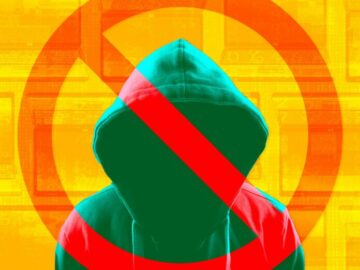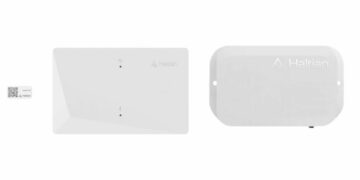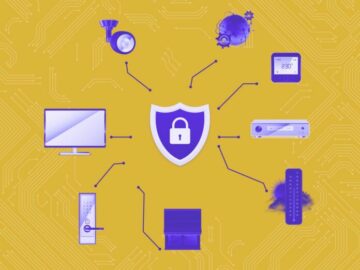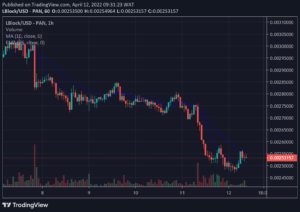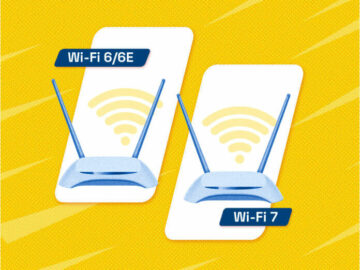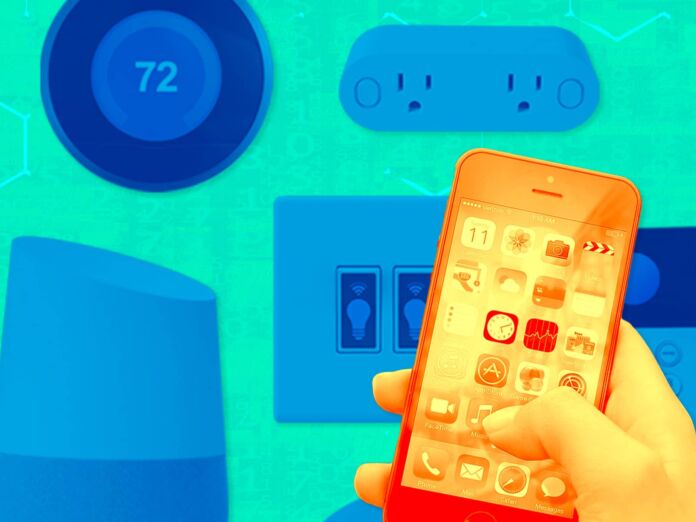
The day could be coming when people may need to put an addition to their homes just to make room for all their connected devices. Research from International Data Corp. estimated smart home device shipments reached $306.3 billion in 2022. And in a report from Comcast, the service provider noted that demand for connected devices has increased 12x since pre-pandemic levels.
What started with smart thermostats and video doorbells has quickly expanded to smart kitchen appliances, connected garage doors, sensors to detect water leaks, voice assistants, robot vacuums, and more. As I write this from my office, I can look on my phone and see it’s 72 degrees in my house, I’ve got a package on my front steps, I’m low on eggs in my fridge and my basement dehumidifier is 67 percent full.
Building Seamlessly Connected Experiences
This level of visibility and control was the first phase of the connected home, but to truly make it a smart home these devices need to be interconnected into experiences. The challenge has been that there are a number of different devices using various protocols and applications that result in different ecosystems that can’t really “talk” to each other.
The industry rallying around the Matter protocol as a standard and common “language” is an example of trying to address this issue.
And the reason is clear – once devices from different brands and manufacturers can be connected and interact through an app then consumers can move to the next phase of creating true smart home experiences.
As an example, a parent could set up a “getting home from school” experience for their child that is triggered when the child opens the WiFi-enabled garage door. The garage door then triggers kitchen and foyer lights to turn on, has an indoor security camera snap a photo of the child, and sends it to the parent, and the voice assistant reminds the child to do their homework before lacrosse practice.
App Overload: A Major Roadblock
Those devices and capabilities exist today, but each is individually controlled by the consumer through a different app or service preventing a truly connected, smart home experience. Most consumers end up having a folder on their smartphones with various IoT apps – need to change the temperature or see who’s at the front door? That’s one app. Turning on a connected light bulb? That’s another app. Seeing if your garage door is up or down? Another app.
In some of our own market research last year with Censuswide that surveyed more than 1,000 people, we found consumers have an average of three separate apps for all of their connected products and 18 percent of Americans have at least five smart device apps.
This overload of apps is contributing to consumers losing out on a truly smart home experience. In fact, 24 percent of consumers feel they don’t have a smart home because their apps are separate, and 21 percent admit that even with the apps, controlling their smart home devices is still hard to navigate and not user-friendly.
The Power of Single-App Control
And this problem could accelerate as younger generations embrace a more connected lifestyle, they’re even more likely to be juggling multiple smart home apps. Millennials & Gen Z (Ages 16-34) were 60 percent more likely to have downloaded 3+ apps to control their smart home devices compared to Gen X and Baby Boomers. The solution is in single-app control and 16 percent of respondents agreed, saying they wish they could control every smart device from a single app.
The advent of Matter and third-party IoT platforms that can span multiple devices and manufacturers as well as provide value-added services, such as video storage subscriptions or insurance, will help bridge the gap between the proliferating connected devices on the market and true smart home experiences controlled by a single app.
- SEO Powered Content & PR Distribution. Get Amplified Today.
- PlatoData.Network Vertical Generative Ai. Empower Yourself. Access Here.
- PlatoAiStream. Web3 Intelligence. Knowledge Amplified. Access Here.
- PlatoESG. Automotive / EVs, Carbon, CleanTech, Energy, Environment, Solar, Waste Management. Access Here.
- PlatoHealth. Biotech and Clinical Trials Intelligence. Access Here.
- ChartPrime. Elevate your Trading Game with ChartPrime. Access Here.
- BlockOffsets. Modernizing Environmental Offset Ownership. Access Here.
- Source: https://www.iotforall.com/the-smart-home-dream-multi-device-single-app
- :has
- :is
- :not
- $UP
- 000
- 1
- 13
- 16
- 2022
- 24
- 60
- 67
- 72
- a
- accelerate
- addition
- address
- admit
- advent
- Ages
- agreed
- All
- Americans
- an
- and
- Another
- app
- appliances
- applications
- apps
- ARE
- around
- AS
- Assistant
- assistants
- At
- auto
- average
- Baby
- BE
- because
- been
- before
- between
- Billion
- brands
- BRIDGE
- but
- by
- camera
- CAN
- capabilities
- challenge
- change
- child
- clear
- Comcast
- coming
- Common
- compared
- connected
- connected devices
- consumer
- Consumers
- contributing
- control
- controlled
- controlling
- Corp
- could
- Creating
- data
- day
- Demand
- detect
- device
- Devices
- different
- do
- Dont
- Door
- doors
- down
- dream
- each
- Ecosystems
- Eggs
- embrace
- end
- estimated
- Ether (ETH)
- Even
- Every
- example
- exist
- expanded
- experience
- Experiences
- fact
- feel
- First
- five
- For
- found
- from
- front
- full
- gap
- garage
- Gen
- Gen Z
- generations
- Hard
- Have
- having
- help
- Home
- Homes
- homework
- House
- HTTPS
- i
- IDC
- if
- in
- increased
- Individually
- Indoor
- industry
- insurance
- interact
- interconnected
- into
- iot
- issue
- IT
- jpg
- just
- Last
- Last Year
- Leaks
- Level
- levels
- lifestyle
- light
- likely
- Look
- losing
- Low
- major
- make
- Manufacturers
- Market
- market research
- Matter
- max-width
- May..
- Millennials
- more
- most
- move
- multiple
- my
- Navigate
- Need
- next
- None
- noted
- number
- of
- Office
- on
- once
- ONE
- opens
- or
- Other
- our
- out
- own
- package
- People
- percent
- phase
- phone
- photo
- Platforms
- plato
- Plato Data Intelligence
- PlatoData
- power
- practice
- preventing
- Problem
- Products
- protocol
- protocols
- provide
- provider
- put
- quickly
- reached
- really
- reason
- research
- respondents
- result
- robot
- Room
- saying
- seamlessly
- security
- see
- seeing
- sends
- sensors
- separate
- service
- Service Provider
- Services
- set
- since
- single
- smart
- Smart home
- smart home devices
- smartphones
- Snap
- solution
- some
- span
- standard
- started
- Steps
- Still
- storage
- subscriptions
- such
- surveyed
- than
- that
- The
- their
- then
- There.
- These
- they
- third-party
- this
- three
- Through
- to
- today
- triggered
- true
- truly
- TURN
- Turning
- user-friendly
- using
- Vacuums
- various
- Video
- visibility
- Voice
- Voice Assistant
- was
- Water
- we
- WELL
- were
- when
- will
- with
- write
- X
- year
- Younger
- Your
- zephyrnet


